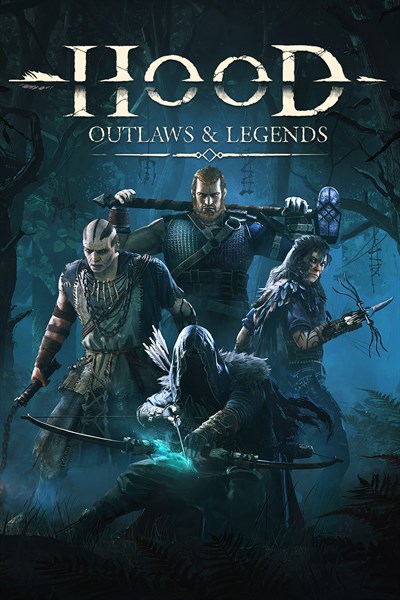Hood: Outlaws & Legends is a third-person, cooperative multiplayer heist game, set against a medieval-inspired backdrop.
Gold Rush is our exciting new game mode that pits Outlaw teams against each other to collect and bank as much gold as possible within a time limit. You can collect gold by killing guards, discovering hidden treasures, and stealing treasure chests. You’ll need to stay vigilant however as you can be killed by the opposing team and have your gold wallets snatched! Remember to bank held gold regularly at any claimed capture point, and don’t get too greedy or your overburdened wallet may slow you down.
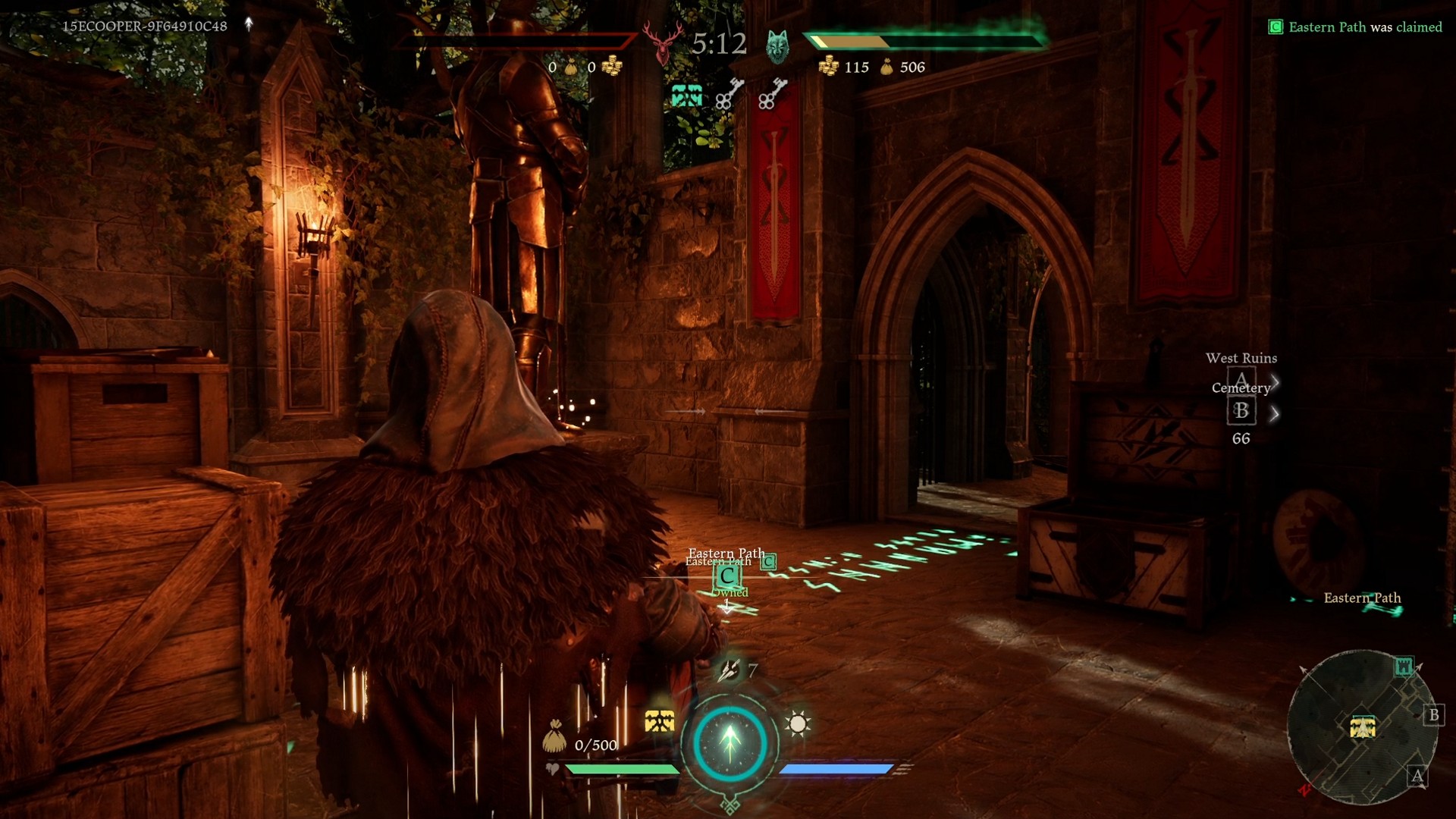
A bit of context
Before we discuss the design choices we’ve made during the creation of Gold Rush it’s important to provide context to some of the terms that will be use in this article when discussing the systems and philosophies I’ll be referencing:
- Gold: Resource that contributes to the main objective.
- Wallet: Container that players carry their collected gold in. If a player is killed, the wallet is emptied. They will drop all the gold they were carrying on the floor, and this can be collected by another player.
- Burdened: If a player has too much gold in their wallet, they will become burdened. Being burdened will slow the players movement speed.
- Banking: Banking is when players deposit all the money from their wallets and/or a treasure chest. Banked gold can now longer be stolen by the opposing team.
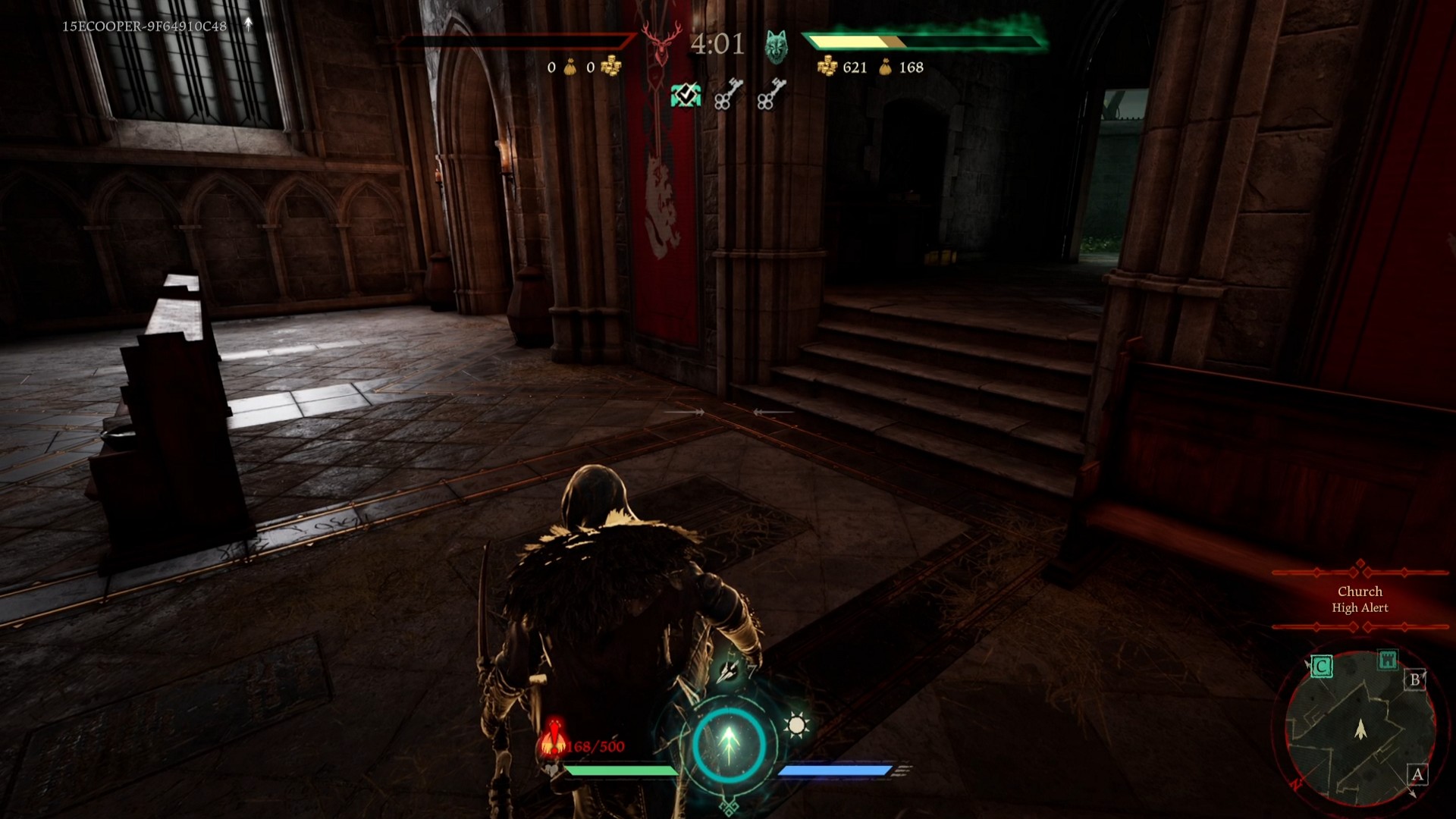
Evaluating a heist
Before discussions began for what the new game mode should be, it was important for the team to stop and evaluate our current game modes. The purpose of this was to help inform us on what areas we should look at. Both in terms of areas for improvement, as well as areas of success so we can incorporate these learnings when creating our new game mode.
The two main game modes are State Heist and Outlaw heist. We examined these to identify core issues and frustrations and see how they could be resolved for Gold Rush:
- Heists became a race for the team to get to the objectives as quickly as possible. Often throwing any stealthy tactics out of the window.
- Players didn’t have to participate in all the objectives to win, they could just partake in the final objective and still win.
- There was only one way to win (extract the only treasure chest.) This meant that there weren’t any additional ways for players to meaningfully contribute.
- Most of the meaningful interactions in a match happened around killing the chest carrier or stopping the players from winching at the extraction point.
With these core issues identified our next step was to create a set of design pillars that we wanted our new game mode to adhere to.
Pillars for success
When designing a feature or mechanic for a new game mode, the design pillars are used to determine if a feature is a good fit and delivers the intended gameplay. For Gold Rush we used:
- Multi-Objective: We wanted players to have more than one objective that they could seek out and complete to contribute to the goal of the game mode. These objectives should all support different playstyles e.g. killers, collectors, explorers.
- Information: In order to help players plan their actions we needed to over-communicate wherever possible. Dynamically reflecting the status of individuals, of their team, and of the enemy team. Right up to the final second, or victory threshold.
- Choice: There should be no strict requirement to complete specific objectives in sequence. Players should be free to contribute to the main objective of the game mode in any order they desired, individually and as a team.
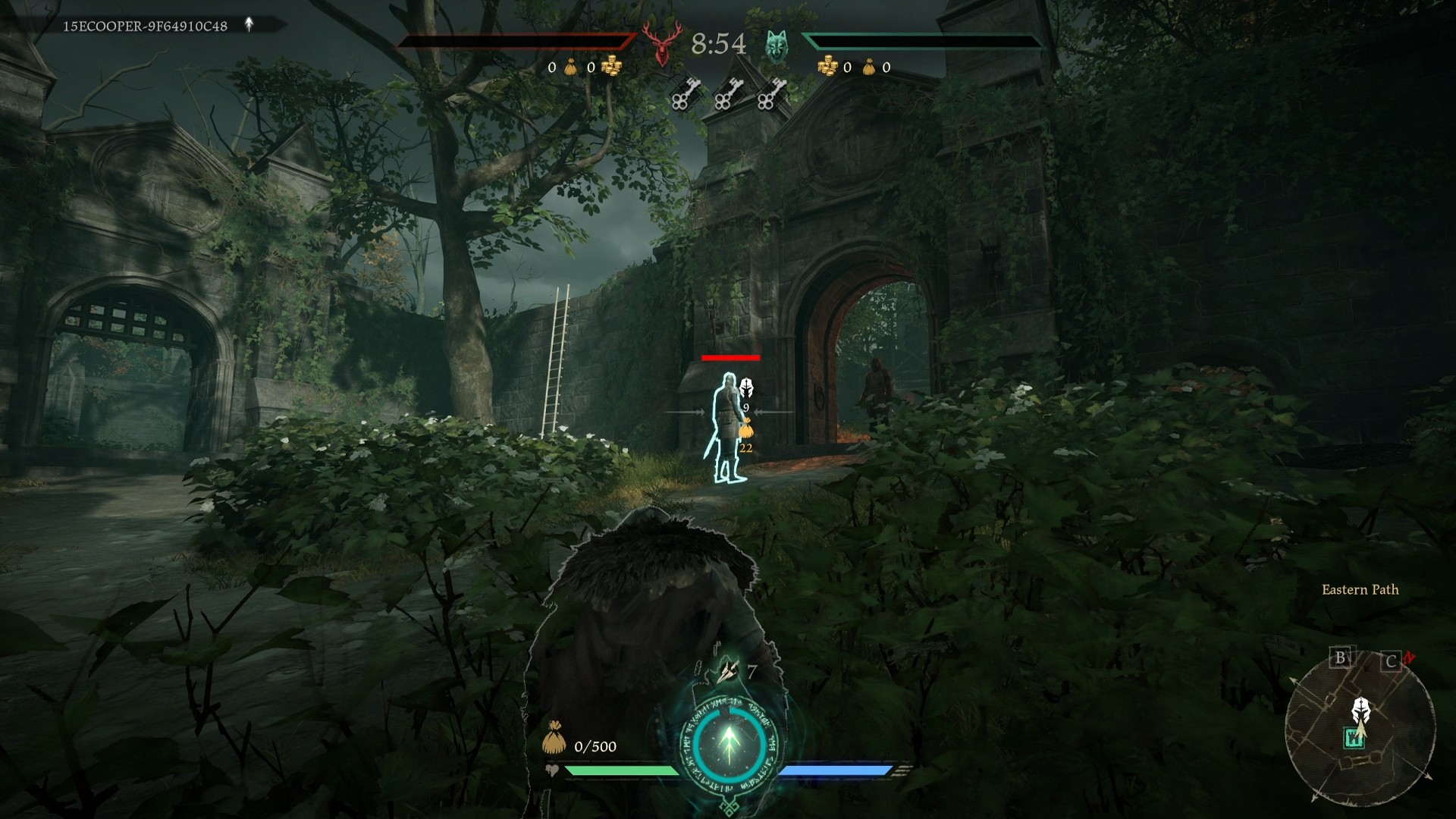
Objectively speaking
Starting with the first pillar as our filter we created mechanics that allowed players multiple ways to contribute to the game mode’s objective. To do this we created various ways that the player could obtain gold.
- Treasure Chests: Gold Rush has three treasure chests that can be stolen and banked for high amounts of gold. Each map spawns in three random vault locations that contain a single treasure chest. Each vault requires a key to open (which must be pick pocketed from patrolling guards).
- Assassination/Kills: Assassinating a guard will cause them to drop a pouch of gold that players can collect. A kill also causes the pouch to be dropped, but the gold within the pouch is reduced compared to an assassination. Each guard carries a varying amount of gold within their purse. Different guard archetypes carry different amounts. e.g. Soldiers carry less gold than Knights.
- Hidden Treasures: Scattered around each level are twenty sub treasures to discover and collect. These are represented in the form of urns. Collecting these will add 50 gold to a players wallet.
- Enemy Players: If a player kills an enemy player who is carrying gold in their wallet this gold will be dropped. The same rules apply to the players wallet as it does to the guard’s pouch when dropped.
- Capture Points: Another big way players can contribute to the objective is through claiming Capture Points. Each level contains three capture points. These points are where players go to bank gold. This makes holding a capture point, and gameplay tactics around them super important – which point do you claim?, when do you claim it?, should I steal an enemy point?
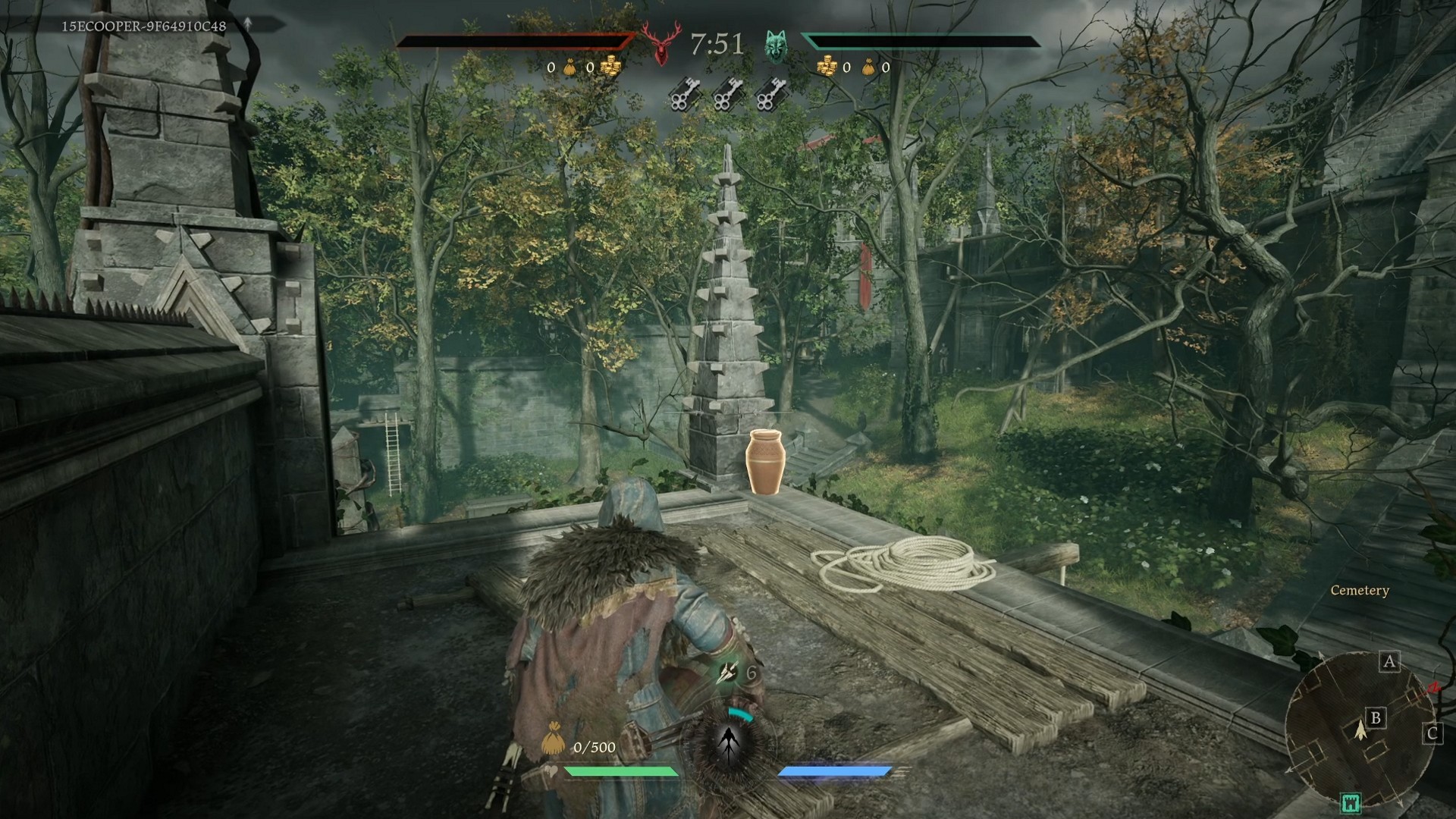
Information is key
The next pillar to look at is information. We wanted to provide the players with more choice when dealing with situations that arise during play. The way we solved this was to give them more knowledge on the game state. This then allows them to decide how they want to act or react to the given situation.
As there are now multiple keys, vaults, and treasure chests in play there is a lot of possible game states that the players will want to react to. It is important that the games HUD informs the players of these states in a clear and concise manner. The game state was broken down into the following:
- Icons: The key, vault and treasure chest are all represented by an icon. These icons are all placed on the HUD next to each other.
- Track: Game objectives work as three chains on separate tracks. The key is needed to open a vault and the vault needs to be open to pick up the treasure chest. The HUD also reflects this with keys icon showing first, then the key changes to a vault when a key has been used. Then to a treasure chest if it has been picked up. Each track shows the state of each of the three chains.
- Colour: Colour is used to show who owns or in the case of the vault interacted with the objective. Three colours are used red for the enemy team, green for the friendly team, and white for the state guards (neutral).
- Animation: A pulsing animation is used to flash any icon that has been dropped e.g. the key or treasure chest.
It was also important that the UI shows the total gold each team has banked as well as the total gold that each team is carrying.
This is represented by two bars. A bar that solid bar that shows the total team gold banked, and a transparent bar that shows how much gold the team is carrying. In addition to the bar, this information is also shown in numerical values.
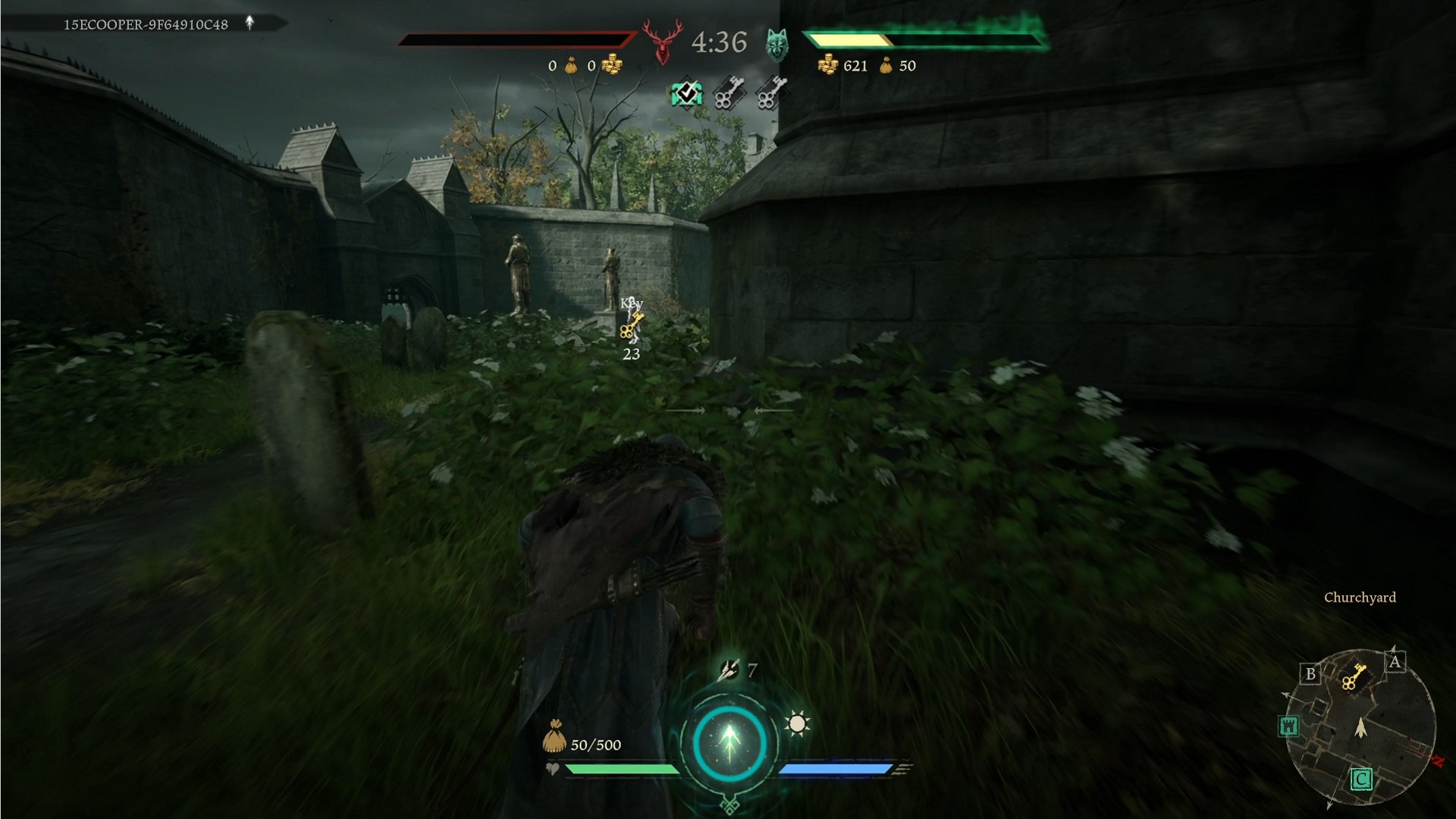
Even though this information is important, we didn’t want it to distract or confuse players as to which team is winning. Therefore the team with the most banked gold bar has a highlight that pulses to show they’re in the lead.
The last, core bit of information we wanted the players to have is how much gold a player, or guard is carrying in their wallet. To achieve this we decided to add the information to the tagging system. When players see a guard or another player, they can tag them to see how much gold is in their wallet.
While it’s important to provide the players with access to a lot of information, we also need to balance against overwhelming them with too much data which could cause analysis paralysis and prevent the player from enjoying the game.
Player Choice
Having multiple objectives and providing the player with lots of information gives the player plenty of choice on how they want to approach decisions when playing the game mode. I’ll highlight this with a few examples below.
Which strategy should I use to acquire gold? Do I focus on stealing treasure chests, do I assassinate guards, or collect sub treasures?
Most likely players will do a hybrid of two or three of these objectives, but it gives them plenty of opportunities to contribute to the main goal throughout.
Do I play offensive or defensive? Do I go and harass the enemy team making it hard for them to collect gold but also reducing my team’s gold collecting efficiency?
The enemy team has a treasure chest. Do I go and hunt for the treasure chest or do I go and claim all the capture points to prevent them from banking?
Do I kill a guard, or do I wait and assassinate him to get a better reward? We need gold fast to catch up with the enemy team, but will it be enough?
These are just a few of the choices the player could make, but none of these choices is a sure thing. They all have a risk associated with them to varying degrees. This means there isn’t a dominant strategy so in some games if the player made the less optimal decision this time, next time it might be the more optimal decision.
Player types
Player choice is also influenced by the player’s type. Player types are the categories that players can be sorted into, these categories however aren’t rigid as many players fit in multiple categories. The types do influence the player’s choices. Below are examples of the player types in Hood and how their playstyles can fit into gold rush.
- Player vs Player (PvP): PvP players like to engage other players in the conflict, they like to disrupt their strategies, prevent them from getting gold and just get up in the face of the opponents.
- Player vs Environment (PvE). PvE players tend to avoid PVP. They prefer to interact with the environment to achieve their goals. Gold rush allows for this by focusing on assassinating guards for gold and claiming capture points.
- Explores. Explorers like to see and discover new things. Gold rush supports this through the sub treasures randomly scattered around the map. As well as discovering the locations of the keys and treasure vaults.
- Lone Wolves: Players who prefer to play solo and not as part of the team. The game mode provides these players multiple ways of gold collection which contributes to the goal.
- Team Players: Players who love working as a team to achieve goals. Gold rush provides team players with the ability to focus on 1 method to collect gold, delegate each teammate to focus on a method each, or have everyone do a bit of everything to achieve the objective of the mode.
Final Thoughts
It’s been a fun and challenging experience to create a new game mode that supports both the existing game pillars of Hood and brings something new to the gameplay. I believe we’ve created a fun and engaging game mode that provides players with plenty of options and the flexibility to support more emergent gameplay and playstyles.
I hope you find Gold Rush as enjoyable as the team did in creating it, and I look forward to players getting their hands on it and sharing their experiences. As with all live games, this is just the start of the journey. Its time to get stealing and fill those wallets!

Hood: Outlaws & Legends
Focus Home Interactive
Faced with a merciless, unchecked state, rebels and rogues battle to claim their place among legends. To win influence with an oppressed people, rival gangs compete in daring heists to hit the wealthy where it hurts. Folk hero or gold-hungry outlaw, only the best will escape with hard-earned riches.
Two teams of 4 players compete to execute the perfect heist, in medieval environments patrolled by deadly AI guards. With the unique skills and mystical abilities of each character, moving in stealth to steal treasures unseen or dominating through loud and brutal combat.
Blood will be spilled. Riches will be stolen. Legends will be reborn.
• Outplay opponents in intense PvPvE multiplayer heists
• Experience a violent medieval world where mysticism competes with man-made power and corruption
• Claim your loot and invest in perks, weapons and bold new looks
• Post-launch support with new maps, characters, game modes and events
Related:
A Deadly Defender Joins Hood’s Outlaws for Season One: Samhain
Free Play Days – The Elder Scrolls Online: Tamriel Unlimited, Hood: Outlaws and Legends, and I Am Bread
Designing the Felony System and Stealth Mechanics in Hood: Outlaws & Legends
Source: Xbox Blog
—
